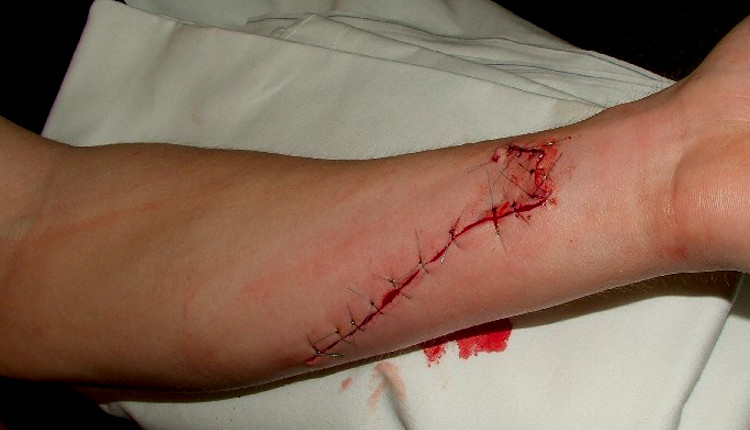
Wound infections: what causes them, what diseases they are associated with
Wound infections are generally referred to as surgical wounds. Wounds are never sterile, but in most cases they do not become infected because the immune system is able to effectively eliminate contaminants
However, a complex interaction between factors that depend on the patient (age, nutritional status, hypovolaemia, poor tissue perfusion, obesity, diabetes, intake of steroids or other immunosuppressants), the characteristics of the wound (e.g. presence of haematomas or sepsis), the microbes present (quantity, virulence and microenvironmental characteristics) and the surgical operation itself (contamination of the environment, instruments or other material brought into the operating room, duration of the operation, hypothermia) may lead to the emergence of infectious processes.
TREATMENT OF BURNS IN RESCUE OPERATIONS: VISIT THE SKINNEUTRALL STAND AT EMERGENCY EXPO
Symptoms and diseases associated with wound infections
Wound infection may be associated with:
- fever
- hot, red, painful and swollen wounds
- malodorous wounds
- dizziness or rapid heartbeat
What are wound infections?
The main micro-organisms responsible for wound infections include:
- Staphylococcus aureus
- coagulase-negative staphylococci
- Enterococci
- Escherichia coli
- Pseudomonas aeruginosa
- Enterobacter
- Proteus mirabilis
- Klebsiella pneumoniae
- Candida albicans
- Group D streptococci
- other streptococci
- other aerobic Gram-positives
- Bacteroides fragilis
In most cases, these are bacteria that are normally present in the patient’s flora, e.g. on the skin and mucous membranes.
Of particular concern to the medical community today is the existence of several strains of these microbes that are resistant to treatment; methicillin-resistant staphylococcus aureus and vancomycin-resistant staphylococcus aureus are of particular concern.
Wound infections: care and treatment
Treatment of wound infections involves cleansing the wound, and in severe cases, antimicrobials may be used (cephalosporins, penicillin, vancomycin, linezolid, daptomycin, telavancin, ceftaroline, fluoroquinolones or metronidazole, sometimes in combination).
It may also be necessary to remove sutures and drain the infected area.
Disclaimer: The information given is a general guide and in no way replaces medical advice.
If you feel unwell, please contact your doctor or go to the emergency room.
Read Also:
Hyperbaric Oxygen In The Wound Healing Process
How To Rapidly And Accurately Identify An Acute Stroke Patient In A Prehospital Setting?
Cuts And Wounds: When To Call An Ambulance Or Go To The Emergency Room?
Cuts And Wounds: How To Tell If They Are Infected And How To Treat Them



